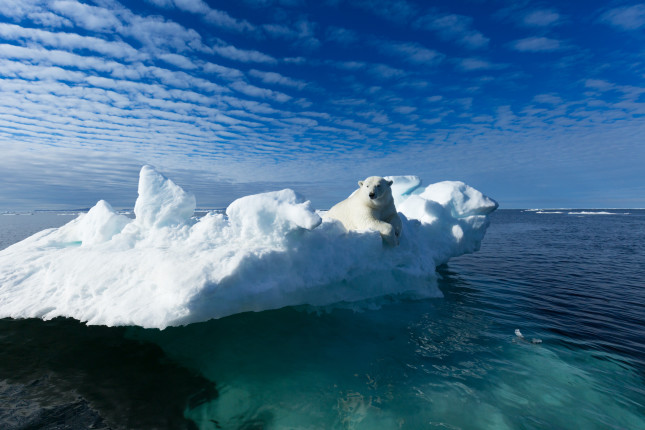-
Sharon Guynup, Mongabay
Brave New Arctic: Sea ice has yet to form off of Siberia, worrying scientists
November 4, 2020 By Wilson Center Staff
At this time of year, in Russia’s far north Laptev Sea, the sun hovers near the horizon during the day, generating little warmth, as the region heads towards months of polar night. By late September or early October, the sea’s shallow waters should be a vast, frozen expanse.
But not this year. For the first time since records have been kept, open water still laps this coastline in late October though snow is already falling there.
“In one sense, it’s shocking, but on the other hand, it’s not surprising,” said Walt Meier, a research scientist at the University of Colorado Boulder’s National Snow and Ice Data Center (NSIDC). Over the past 40 years, unprecedented climate change-driven events such as this have become the new normal in the Arctic — which is heating up far faster than the rest of the planet.
While weather patterns at the top of the world vary, the overall changes are dramatic and occurring so rapidly that the region may be entering a “new Arctic” climate regime, says Laura Landrum, an oceanographer with Colorado’s National Center for Atmospheric Research (NCAR). The Arctic is transitioning from a mostly frozen state into an entirely new climate — and impacting the entire planet, she said.
Meier calls the Arctic the “bellweather of climate change” because it’s a place where a small bump in temperature has real impact: a change from -.5°C to .5°C (31°F to 33°F) is the difference between ice skating and swimming, he said, while a couple of degrees warmer in Florida may not even be noticed.
Sources: Mongabay, National Center for Atmospheric Research, National Snow and Ice Data Center, Nature, Radio Ecoshock, Weawow, Wired
Photo Credit: A polar bear sitting on the edge of an ice floe in the Svalbard Archipelago, courtesy of Shutterstock.com.
 A Publication of the Stimson Center.
A Publication of the Stimson Center.



